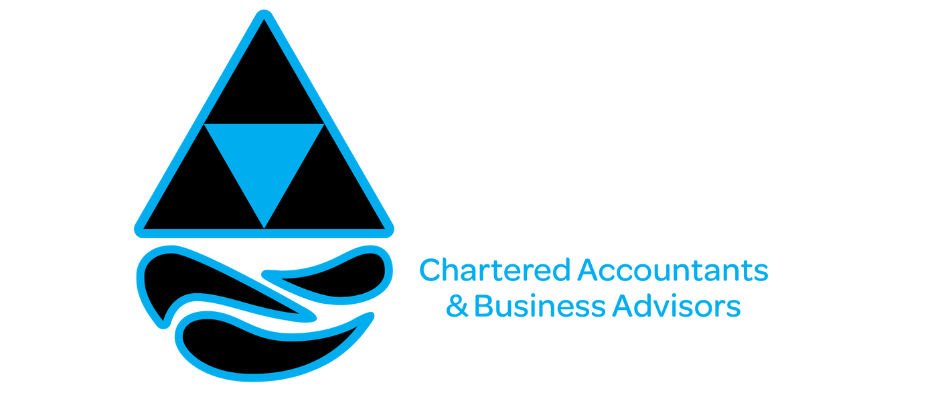The 3-step method to paying yourself when you’re a business owner
How much should I pay myself as a business owner? It’s one of the most common questions we get from anyone new to owning a business (and from people that have been in business for a while!)
Even if you don’t expect to earn income for a certain period after starting or investing in your business, establishing systems to pay yourself is best business practice and ensures strong cashflow management. Remember – even the most profitable business can find itself in trouble if cashflow is not correctly managed.
There are several ways of going about paying yourself, but we think the 3-step system detailed below is the simplest – especially for new business owners who may not have a complete picture of their outgoings each year or month.
To operate this system, we highly recommend setting up 3 business bank accounts:
Daily Spending (current) account – this account is used for all your incoming money/payments and outgoings.
Income Tax (savings) account
GST (savings) account
Having separate accounts helps to keep your finances targeted and organised - and ensures you always have sufficient funds when payment time comes around, saving stress and time spent juggling money.
Step 1: Establish your monthly baseline expenses
You should have a rough idea of how much it costs to run your business monthly on average – if you don’t have it set up already, we highly recommend Xero to our clients as a fantastic tool to manage your business finances. Monthly costs could include wages, stock, power/utilities/rent/fuel/vehicle/suppliers/subscriptions and more.
Take your monthly baseline expenses and multiply by 1.5 to give you a 50% buffer against unexpected or larger than usual costs, or price increases.
Ensure that you always have this amount as a minimum in your current account.
Step 2: Put aside money for taxes each month
Each month transfer 15% of your income for that period from your daily spending account into your GST account (Note: to keep this system simple we are not including GST claimed on expenses).
Calculate how much profit you’ve made from your business, how much income tax you’ll need to pay on that income, then transfer this amount from your daily spending account into your income tax account. Depending on your income levels this can vary. If you save between 25 – 30% you should be ok.
With accounting software like Xero, these numbers are easy to work out! Otherwise, you’ll need to calculate how much income the business has made, what expenses you can claim to deduct from that income, and then multiply your profit by the relevant tax rate.
Step 3: Check your account balances - then pay yourself
Firstly, double check that you have enough money in your accounts to cover monthly expenses, income tax and GST.
You can then pay yourself from whatever money is leftover as drawings. However, it’s probably best not to take everything!
There are a couple of options for how much you could draw:
Pay yourself what you would consider a market rate for your position.
Pay yourself what you need to cover your monthly living expenses, placing the remainder in a “business growth” account for future business expansion.
As a business owner, there may be times when there isn’t enough money left over to pay yourself – in these times it’s really important to keep sight of your business goals, and to also check you are on track with your budget and financial forecasts.
We find this simple 3-step system helps our clients gain the mind freedom that comes from being financially organised and ensures they don’t find themselves in a situation where they can’t pay the bills.
Need help getting your business finances sorted? Please get in touch with our friendly team to find out how we can help.

